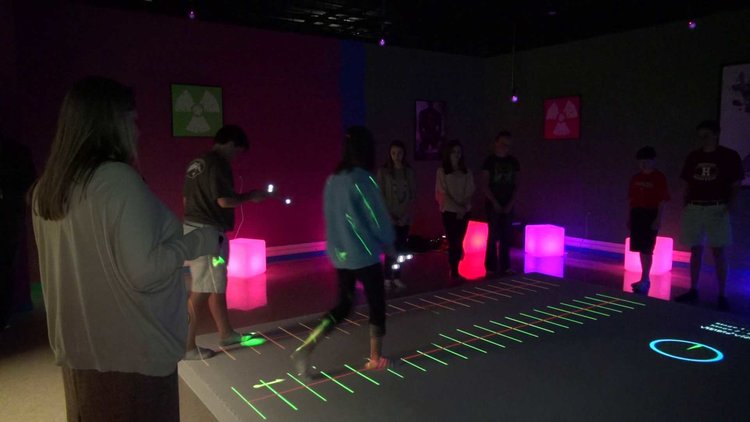Developing Deeper Learning

We live in a world that is changing—and changing quickly. People and goods move around the world with unprecedented ease. The rapid advance of technology means that televisions, computers, and cell phones consume more than seven hours of the average American child’s day. Signs of our digital connectivity are all around us: every month, 100 billion searches are performed on Google. Every two years, the amount of digital information more than doubles. What is novel and revolutionary today is quickly outdated.
What does this mean for students?
Today’s college students can enroll in majors that didn’t exist a few short years ago in fields like biomedical engineering or nanotechnology. Experts predict that nearly two-thirds of today’s elementary school students will one day hold a job that hasn’t been created yet.
These changes pose important questions for education. How well will U.S. students be able to use the information and technology at their fingertips, interpret the world around them, and adapt so that they can thrive in such a quickly changing environment? How well are we preparing them for a world that will look dramatically different when they graduate from high school? – The William and Flora Hewlett Foundation
Deeper Learning as a Solution
Deeper learning is not new to education and most accomplished teachers employ these educational practices already.
“I never teach my pupils. I only attempt to provide the conditions in which they learn.” – Albert Einstein
Deeper learning prepares students to:
- Know and master core academic content
- Think critically and solve complex problems
- Work collaboratively
- Communicate effectively
- Be self-directed and able to incorporate feedback
Essentially, deeper learning teaches students to learn how to learn. When students are the focus, they are challenged and more motivated. They can apply what they have learned in one class to situations they encounter in another. Students understand how classwork relates to real life and are building an indispensable set of knowledge, skills, and an academic mindset allowing them to learn more effectively. They acquire and retain more academic knowledge when they are engaged,
believe their studies are important, and are able to apply what they are learning in complex and meaningful ways.

What would this look like in the classroom?
Dave Carter, a Geometry teacher at Impact Academy of Arts and Technology talks about two strategies for developing deeper learners: Waiting and Organizing from Education Week.
Waiting… This means being patient and let students think about the problem.
“Deeper learning happens in the gaps, in between the talk and during seemingly dead air. At times, when a student discussion comes to a pause, and kids are really grappling with an idea, I feel like I’m actually watching learning transpire.”
It’s not about the teacher needing the student to give the correct answer. It’s about the student’s path to discovery.
“A student-centered classroom is one in which the student experience is at the center, and the teacher simply adjusts the climate so that kids are more frequently in contact with and generating the cool thoughts and ideas and mistakes and epiphanies that abound. It is important to acknowledge that the speed at which students problem-solve is most likely not the speed at which I problem-solve. It’s important for me to create open space in which students can think. And the most direct way to do this is simply to wait.”
Organizing… How do you get students to engage with the challenge when they don’t get it?
“In my classroom, it is totally fine to not get it. But what’s not fine is to then fail to engage with the problem at all. So, I created an I don’t get it organizer. If students don’t get a problem, they must use this organizer, which asks them a series of questions about the problem. It requires them to break the problem into smaller chunks, consider the vocabulary in the problem, highlight the numerical values, and identify with precision the moment at which they began to not understand what was happening.”
“As I more frequently used this organizer, I noticed students opting back in to the original math problem because they saw it as a path of lesser resistance over filling out this page-long organizer. In a sense, the organizer is calling a student’s bluff – do you really not understand or are you just opting out? Secondarily, as students use this organizer, they start to not need it as much: they begin to internalize the questions asked of them and are better able to ask themselves in real time as they are solving a problem, without the aid of the organizer.”
SMALLab takes deeper learning to a new level, embedding teaching with technology in a meaningful way that improves instruction, learning and learning outcomes. Students are able to visualize the problems in an interactive space, construct, test and apply concepts bridging their physical experiences with traditional knowledge. Students collaborate on teacher guided challenges, making sense of problems and persevering in solving them.
